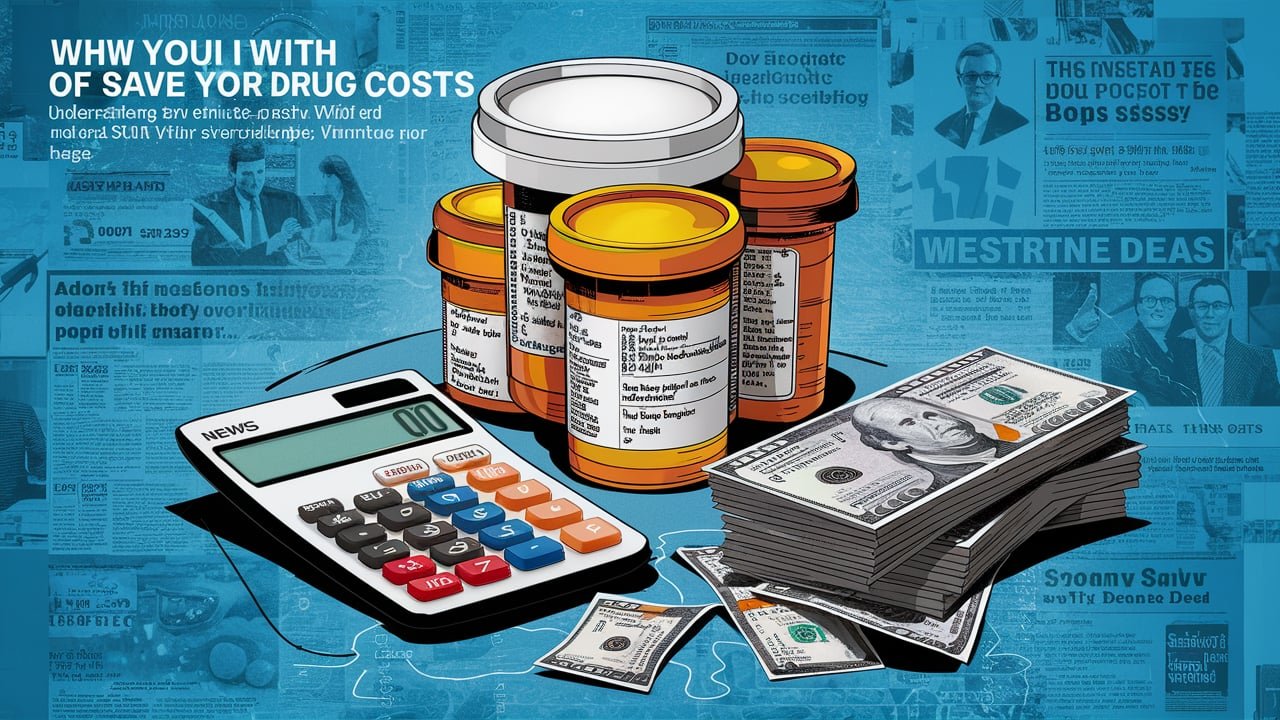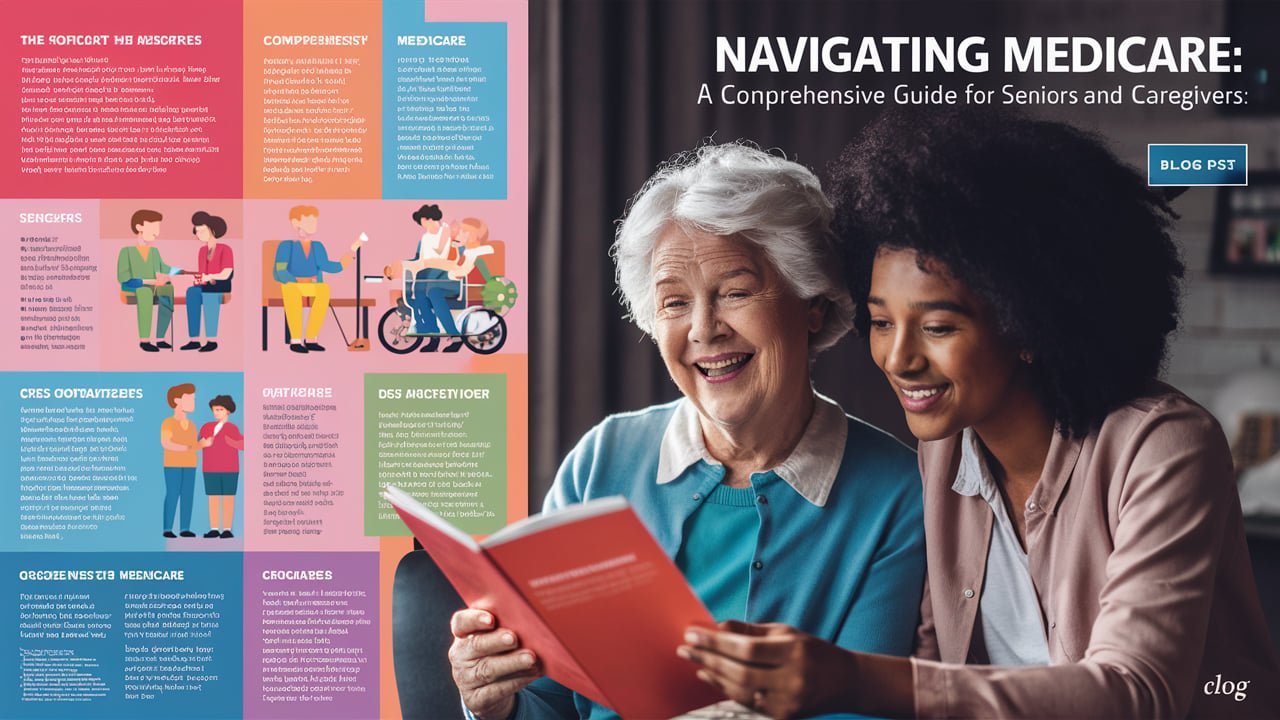Your cart is currently empty!

Understanding Prescription Drug Costs: Saving Money Without Compromising Health
In today’s healthcare landscape, managing prescription drug costs is a growing concern for many Americans. With rising medication prices, it’s crucial to find ways to save money without sacrificing your health. This article will explore strategies to reduce your prescription expenses while ensuring you receive the care you need.
Comparing Prices and Using Discount Programs
One of the most effective ways to save on prescription drugs is to compare prices across different pharmacies. Websites and apps like GoodRx and SingleCare allow you to easily check medication costs at various locations. These platforms often offer discount coupons that can significantly lower your out-of-pocket expenses.
Additionally, many pharmaceutical companies offer patient assistance programs for those who meet certain income requirements. These programs can provide substantial discounts or even free medications for eligible individuals.
Generic Alternatives and Therapeutic Substitutions
Opting for generic versions of brand-name drugs can lead to significant savings. Generic medications contain the same active ingredients and are just as effective as their brand-name counterparts, but often cost much less. Consult with your healthcare provider about switching to generic alternatives when available.
In some cases, therapeutic substitutions may be an option. This involves using a different medication in the same drug class that treats the same condition but may be less expensive. Always discuss potential substitutions with your doctor to ensure they’re appropriate for your specific health needs.
Utilizing Mail-Order Pharmacies
Many insurance plans offer mail-order pharmacy services, which can provide savings on long-term medications. Ordering a 90-day supply instead of a 30-day supply often results in lower costs per dose. This option also offers the convenience of home delivery, saving you time and transportation expenses.
Exploring Medicare Part D and Medicaid Options
For seniors and eligible individuals, Medicare Part D provides prescription drug coverage that can significantly reduce out-of-pocket costs. It’s essential to review and compare different Part D plans during the annual enrollment period to find the one that best suits your medication needs and budget.
Medicaid, a joint federal and state program, offers prescription drug coverage for low-income individuals and families. If you qualify, Medicaid can provide substantial assistance with medication costs.
Staying Informed and Advocating for Yourself
Keep yourself informed about your insurance coverage, including formularies and tier systems. Understanding your plan’s structure can help you make cost-effective decisions when discussing treatment options with your healthcare provider.
Don’t hesitate to discuss medication costs with your doctor. They may be able to prescribe lower-cost alternatives or provide samples to help offset expenses. Remember, open communication with your healthcare team is key to finding the best balance between effective treatment and affordability.
By implementing these strategies, you can take control of your prescription drug costs without compromising your health. Remember, every little bit of savings adds up, and with careful planning and informed decisions, you can manage your medication expenses effectively.
FAQs:
1. How can I find the best prices for my prescription drugs?
Use price comparison tools like GoodRx or SingleCare to compare costs across different pharmacies and access discount coupons.
2. Are generic drugs as effective as brand-name medications?
Yes, generic drugs contain the same active ingredients and are regulated by the FDA to ensure they’re just as safe and effective as brand-name medications.
3. What is a Medicare Part D plan, and how can it help me save on prescription costs?
Medicare Part D is a prescription drug coverage program for seniors and eligible individuals that can significantly reduce out-of-pocket expenses for medications.
4. How do patient assistance programs work, and am I eligible?
Patient assistance programs, offered by pharmaceutical companies, provide discounts or free medications to eligible individuals based on income and other criteria. Check with the manufacturer of your medication for specific eligibility requirements.
5. Can my doctor help me find ways to reduce my prescription drug costs?
Absolutely. Discuss your concerns with your healthcare provider. They may be able to prescribe lower-cost alternatives, provide samples, or suggest other cost-saving strategies tailored to your specific health needs.





Leave a Reply